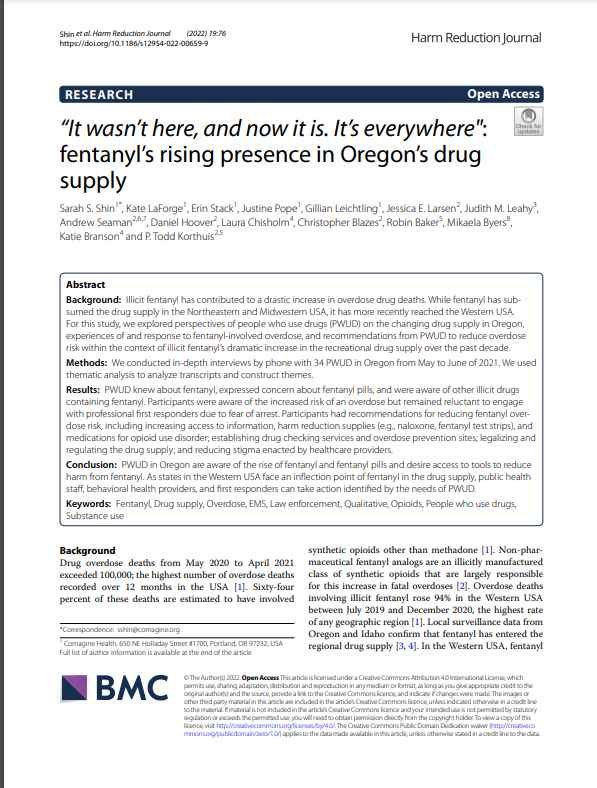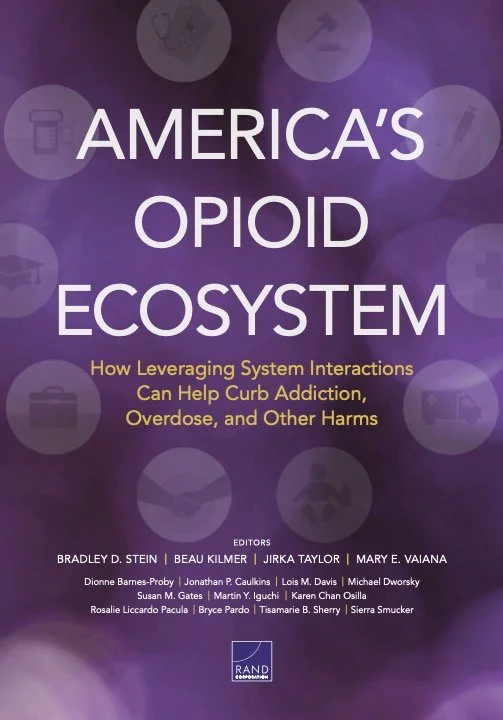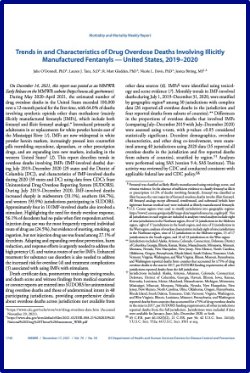By Maeve E. Wallace; Jaquelyn L. Jahn
IMPORTANCE Despite growing national concern about high and increasing rates of pregnancyassociated mortality due to homicide, suicide, and drug overdose, state-level incidence has previously not been available. OBJECTIVE To identify cases of pregnancy-associated homicide, suicide, drug overdose, and deaths involving firearms in the US from calendar year 2018 to 2022 and estimate 5-year proportionate mortality and mortality ratios per 100 000 live births by state and cause of death. DESIGN, SETTING, AND PARTICIPANTS This cross-sectional study is a population-based analysis of the 2018-2022 restricted-use mortality files provided by the National Center for Health Statistics. These data include all deaths occurring in the US, with geographic identifiers for state of residence. All records in which the decedent was female aged 10 to 44 years and pregnant at the time of death or up to 1 year earlier were included in the analysis. Data were analyzed from July 1 to December 1, 2024. MAIN OUTCOMES AND MEASURES International Statistical Classification of Diseases and Related Health Problems, Tenth Revision codes for underlying cause of death were used to identify cases of homicide, suicide, drug overdose, and deaths involving firearms occurring in each state from 2018 to 2022. Proportionate mortality was estimated as the count of cases divided by the total count of deaths of pregnant and postpartum women in each state. Cause-specific mortality ratios were estimated as the count of cases divided by the total count of live births in each state from 2018 to 2022. RESULTS Nationally, there were 10 715 deaths of people who were pregnant or within 1 year post partum from 2018 to 2022, including 837 homicides, 579 suicides, 2083 drug overdoses, and 851 that involved firearms. Proportionate mortality and mortality ratios for homicide, suicide, and drug overdose varied across the US. Of states with more than 9 cases, pregnancy-associated homicide mortality was highest in Mississippi (12.86 per 100 000 live births), pregnancy-associated suicide mortality was highest in Montana (21.55 deaths per 100 000 live births), and pregnancy-associated drug overdose was highest in Delaware (36.03 deaths per 100 000 live births). Firearms accounted for as many as 15.56% of pregnancy-associated deaths in Colorado, and pregnancy-associated firearm mortality was highest in Mississippi (13.42 deaths per 100 000 live births). CONCLUSIONS AND RELEVANCE The information in this study may provide relevant guidance for state and local intervention strategies to advance the health, safety, and well-being of women during pregnancy and beyond.
JAMA Network Open. 2025;8(2):e2459342. doi:10.1001/jamanetworkopen.2024.59342 (R






















